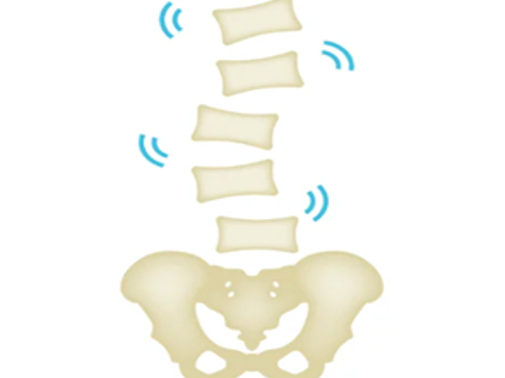
Lumbar instability is a condition in which the vertebrae are unable to maintain stability due to muscle weakness, degeneration of the intervertebral discs, or deformation of the vertebrae (spine).
This puts stress on the lumbar ligaments and nerves and increases the risk of lumbar disc herniation and spinal canal stenosis.
Main Symptoms
The most common symptoms are pain in the lower back, buttocks, and legs.
Those who repeatedly suffer from a strained back often suffer from intervertebral instability.
If the instability of the vertebrae causes spinal canal stenosis, intermittent claudication (a condition in which the patient feels pain and numbness when walking, but can walk again after a short rest) may also be seen.
What are effective treatments for lumbar instability?
However, if the condition persists for a prolonged period of time without improvement, and the bone is slipping, surgery is often recommended.
We believe that if the deformation of the intervertebral disc can be controlled, bone deformity, hypertrophy of the ligament, and other inflammations related to nerve compression can be prevented.
As a treatment for this, a disc repair treatment using the Cellgel method restores disc function by repairing the torn annulus fibrosus and filling the water content of the nucleus pulposus inside. The treatment can be performed as a one-day procedure. Local anesthesia is given in the lower back, before a needle is inserted into the disc, and a drug in liquid form is injected.
The treatment takes about 25 minutes, and after about an hour of rest, the patient can go home without needing ulterior visits to our clinic.
Written by Naoki Yoshida, Administrative Director



